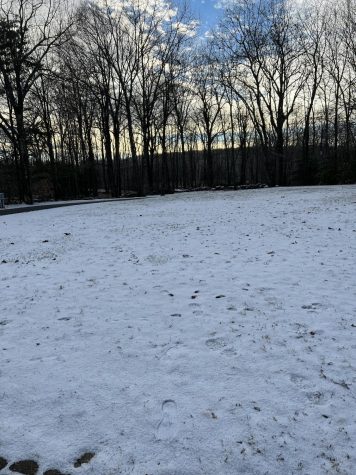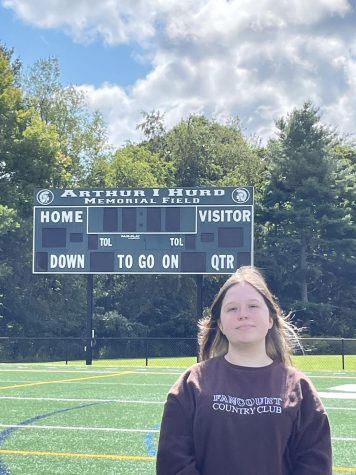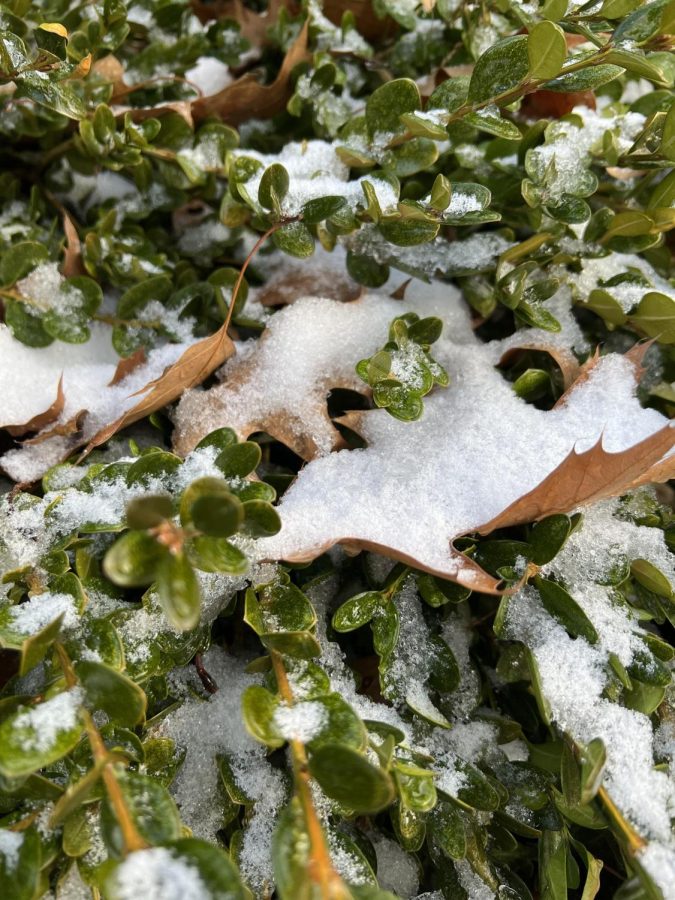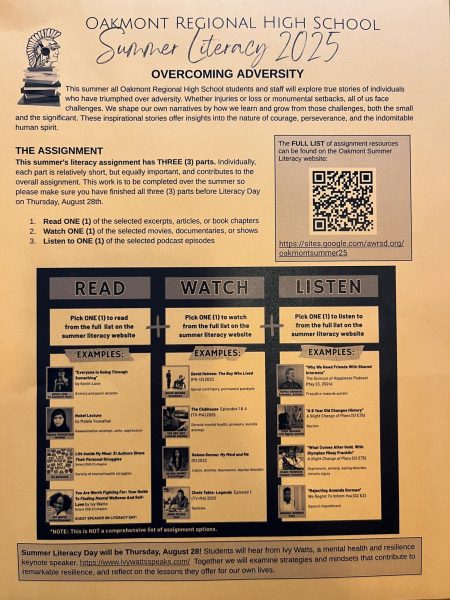New England: What will our winter look like?
Some people like snow, some absolutely hate it. For those of you who hate snow and don’t like the cold, I have some bad news for you.
New England weather has always been super confusing: some days it’ll snow and the following day it’ll be 45 degrees and sunny. With climate change going on, it’s only going to get worse.
If you’ve been paying attention to our winters, you’d notice how some have lots of snow and wind, while others barely have any. That’s because of weather patterns called La Nina and El Nino.
According to the National Ocean Service, La Niña and El Niño describe the ocean’s temperatures over the Pacific near the equator. These sea surface temperatures affect the jet stream, which can have an effect on our weather patterns. When the Northeast has a wetter season, the Southwest may have a dryer season.
El Niño means Little Boy, or Christ Child in Spanish. South
American fishermen first noticed times of weirdly warm water in the Pacific Ocean in the 1600’s. The full name they used was El Niño de Navidad, because El Niño typically happens around December. The warmer waters cause the Pacific jet stream to move south of its usual position. With this shift happening, areas in the northern United States and Canada are dryer and warmer than usual. In the U.S. Gulf Coast and Southeast, these times are usually wetter and have more storms, which can lead to an increase in flooding.
La Niña means Little Girl in Spanish. La Niña is also sometimes called El Viejo, anti-El Niño, or “a cold event.” La Niña has the opposite effect of El Niño. When La Niña is occurring, trade winds are even stronger and more powerful than usual, pushing more warm water towards Asia. These cold waters in the Pacific push the jet stream north. This tends to lead to droughts in the southern U.S. and heavy rains in the Pa
cific Northwest and Canada. During La Niña, winter temperatures are warmer than normal in the south and cooler than normal in the north, meaning the possibility of more snow for the north.
Well, which one are we having? It isn’t confirmed as of today, but La Nina has a much higher chance of occurring over El Nino.
What does that mean for us? It means more snow, more storms, and possibly stronger storms which could lead to more snow days and people not being able to get to work. Winter can be dangerous as is, so people need to be extra cautious this season and plan accordingly.
Our winter is going to be wetter and definitely more annoying, but better than a dryer season. Dryer seasons can lead to an increased number of forest fires in the spring and summer.
So, New England, get ready for a more wet and stronger winter this year. Get your shovels and snow tires ready, and stay safe!


Ally Lewis is Class of 2022 at Oakmont Regional High School. This is her first year with the Oakmonitor. In her free time, she enjoys watching streamers,...







